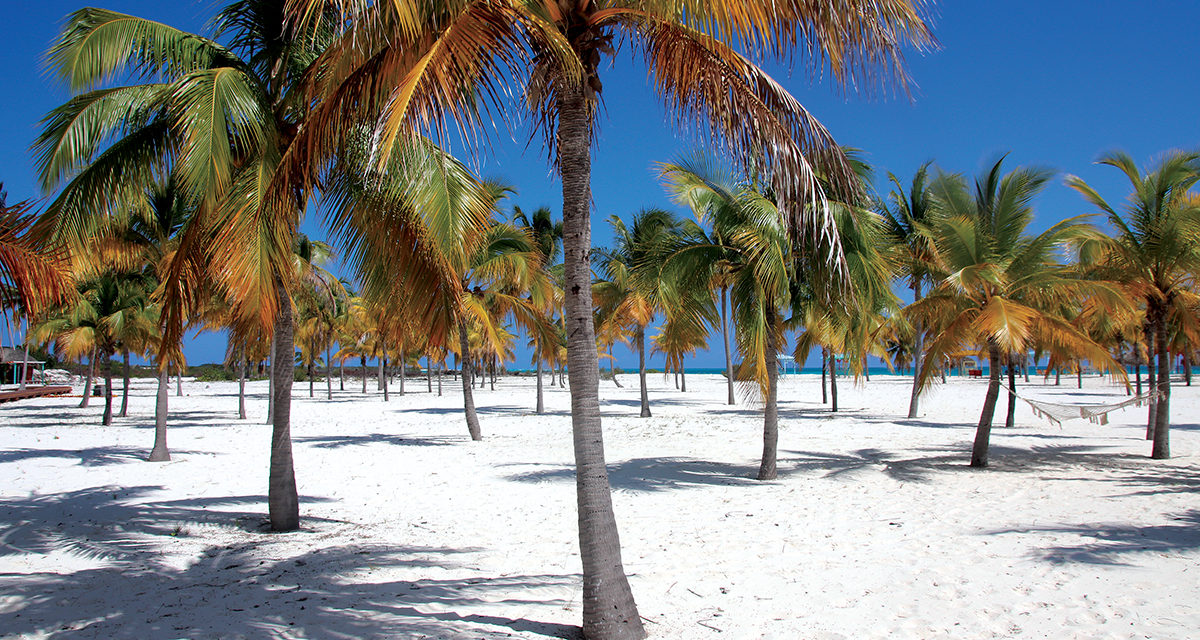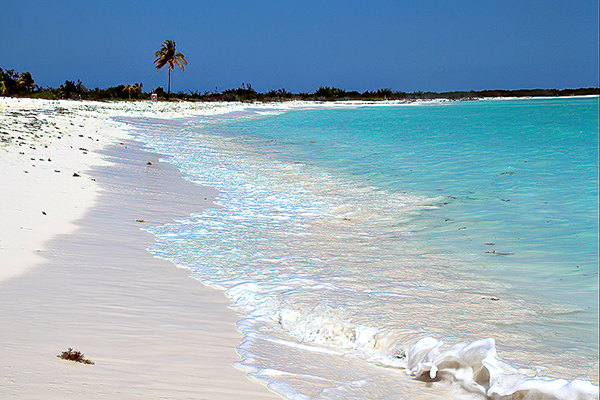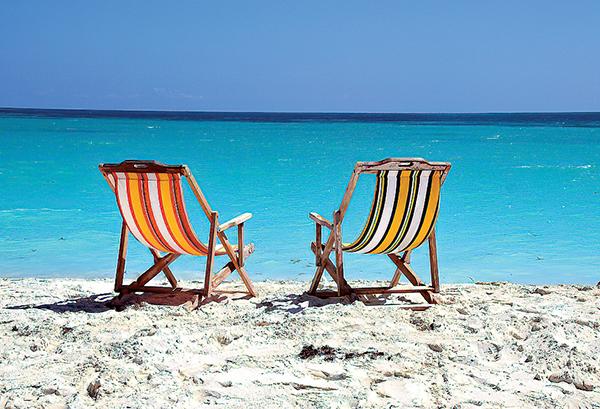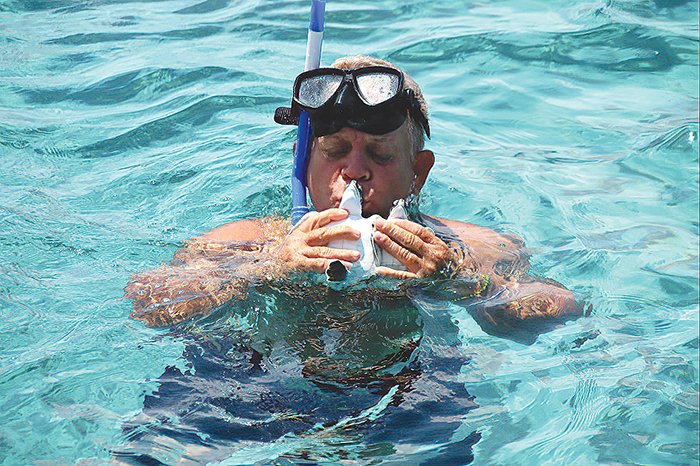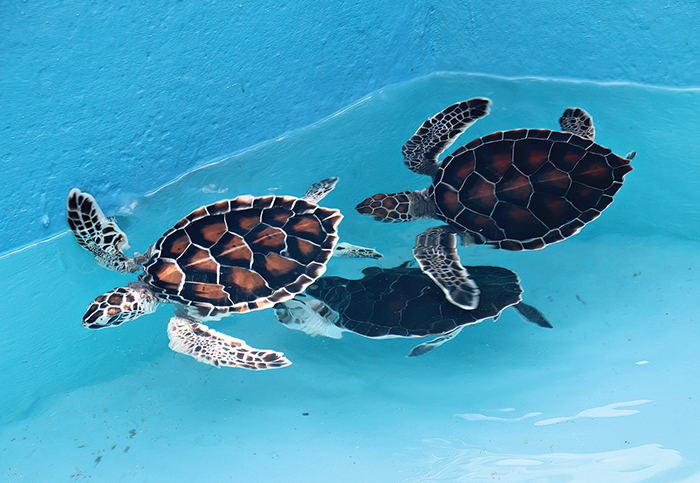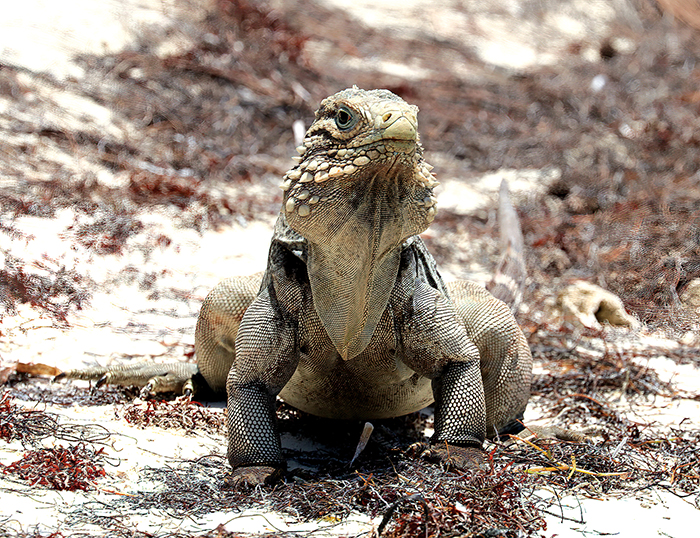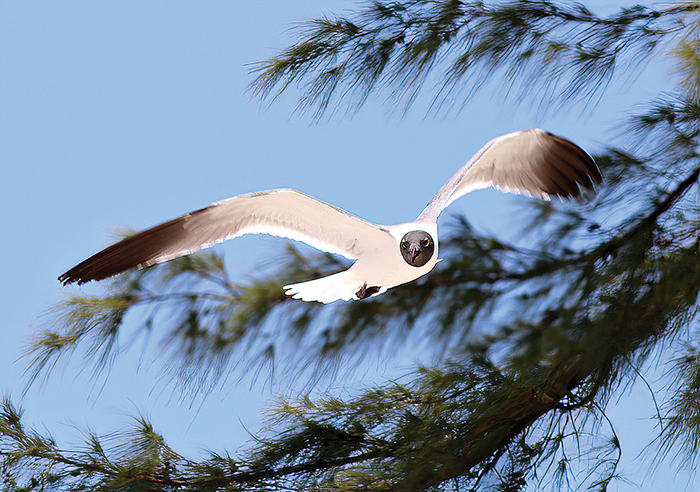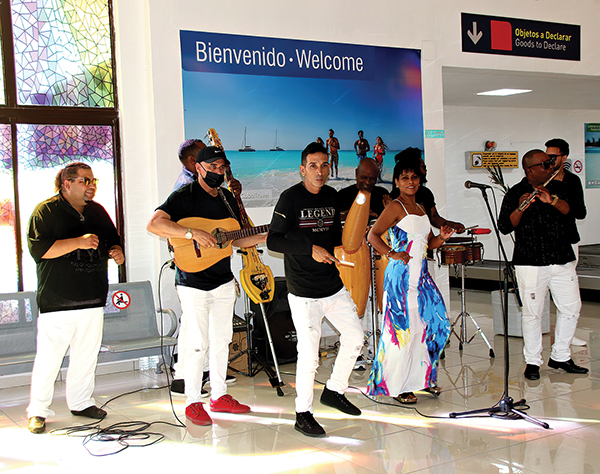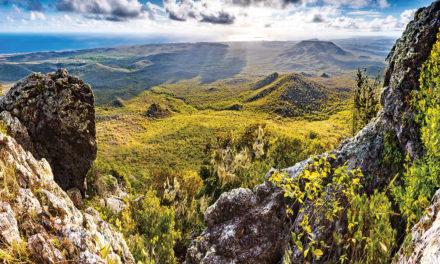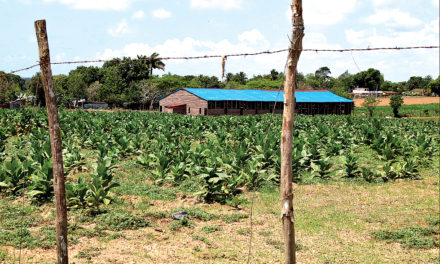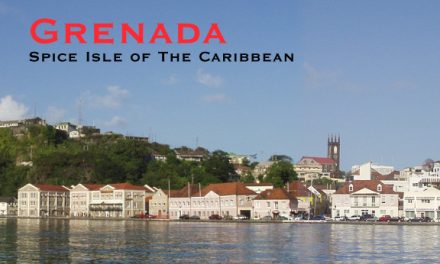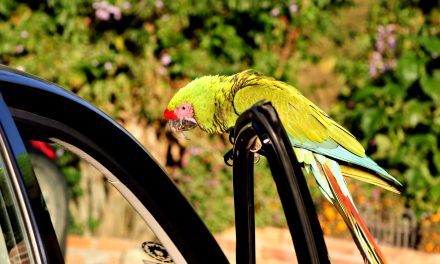Cuba
Serene, Wild Beauty in Cayo Largo, Cuba
Article and Photography by Steve Gillick
The more you visit Cuba, the more you discover the incredible diversity of the country. Cuba is an extensive archipelago with over four thousand islands and keys (Cayos), each with its own unique personality and attraction. Certainly, Cayo Largo stands out as one of the most enjoyable destinations to explore.
Located 80 Km (50 miles) south of the main island of Cuba and 135 km (84 miles) east of Isla de la Juventud in the Caribbean Sea. Cayo Largo means ‘Long Cay’ due to its 28 km (17 miles) length (and only 2-3 km (1.2 to 1.8 miles) width. The flight from Havana or Varadero is roughly 30 minutes, plus there are several direct international flights. After arriving at the newly remodeled and expanded airport, visitors board a tour bus, pick up their rental car, or hop on the little beach train to take them to the hotels, villas, and local experiences, such as the Sea Turtle Rescue Center.
In fact, Cayo Largo is also known as Turtle Island. Between April and October, visitors are asked not to walk on the beaches at night because sea turtles, using their natural GPS locators, are returning to the beaches on which they hatched years before. And from May to September, as long as there are no perceived threats, hundreds of turtles emerge from the sea and crawl onto the sandy beaches to dig nests and lay their eggs.
In the spirit of celebration, nature-curious tourists are invited to contact the Sea Turtle Center to find out how they can volunteer to count and collect eggs. There is a feeling of personal accomplishment in helping to save endangered Caribbean Sea Turtles (including Leatherback, Loggerhead, Hawksbill, Green, Olive Ridley and Kemp’s Ridley Sea Turtles) and experience, first-hand, a sense of the fragility of nature.
Another way for tourists to get involved is through the turtle release program. Turtles who have been raised in the Centre are carried aboard a boat. Once it reaches the turquoise waters above the coral reefs that provide a safe haven, the turtles are released. In our case, one of the staff from the Center told us that this was a very happy occasion for him, as he was now part of the solution in conserving a new generation of turtles. He jumped into the water, reached inside a milk crate, and took out two small turtles. He kissed each one for their own good luck and long life, and then with a wish that they return to Cayo Largo one day to lay their eggs, he released them, proudly watching as they flapped their flippers and scampered below the surface. And once the turtles were released, so were the passengers on the boat, to swim, snorkel, enjoy the tranquil waters, and view the curious, colorful fish swimming by.
One can only wonder if the released turtles will discover the whereabouts of Pirate Henry Morgan’s lost treasure somewhere in the vicinity of Cayo Largo. It may very well be buried under some of the 200 shipwrecks that attract snorkelers and scuba divers to the wild beauty of this area.
As our boat skipped past tiny Keys, one entirely occupied by a white sand beach, a Cuban flag, and seven beach umbrellas, we headed for another unique nature enclave: Cayo Iguana.
This coral island is home to Cuban Rock Iguanas. The boat edged close to the island so visitors could climb down and walk through knee-deep water to the shore. Like a scene from Jurassic Park, curious and hungry pre-historic-looking Iguanas had already gathered, looking for food handouts (our guide gave out bread to feed them, but for the record, iguanas are mainly herbivores). We were warned not to get too close, as an iguana bite can be pretty painful! Still, more and more iguanas appeared on this protected nature reserve, some up to a meter-long, posing for close-up photos, vying for positions along the shore, and ducking from the equally hungry Laughing Gulls flying overhead.
As we continued on the boat to Playa Sirena, we enjoyed an impromptu rum tutorial, starting with the practice of spilling a small amount of rum upon opening the bottle (which the bar staff on our Catamaran demonstrated for us). While there are various explanations for this practice, one of the best comes from Eloy Govea, the former head of the Cuba Tourist Board in Canada.
“I feel that I need to offer the saints a bit of the rum I am about to enjoy. It is like having them in mind in the good times, not just when going through a rough patch in life”. And indeed, rum, often paired with cigars, beaches, wind, waves, and birdsong has become part of the Cuban cultural experience or, as the Minister of Tourism, Juan Carlos Garcia Grande called it, “the music of the environment.”
And in Cuba, this music tends to be ‘surround-sound’!
This was emphasized when we docked at Playa Sirena, one of nine gorgeous, dreamy, soft-white-sand beaches in Cayo Largo. The multi-hued, blue, warm waters complement the long stretch of beach, dotted with palm trees and thatched-roof palapas. It’s the perfect ‘chill-out’ scenario.
When we eventually returned to the main island, our train was waiting to take us to a celebration of nature. In a grove of picturesque, twisted trees, a small group of dancers and musicians welcomed us to learn from the trees. In a Cuban version of ‘Shinrinyoku’, the Japanese practice of forest bathing, we touched the trees to connect with nature. We made wishes on amulets and placed them in niches in the trees, and we experienced a cleansing with leaves and twigs. The practice may have had religious roots. Cuba’s history of colonization, immigration, and the strength of Afro-Cuban traditions, has resulted in a mixture of cultural and religious ingredients. The spirits in the trees play an important role in these beliefs and emphasize the need to educate locals and tourists alike about the gifts of nature.
Back at the airport, our flight to Varadero was delayed, which meant it was party time! A group of musicians and dancers took over the departure lounge with catchy, flashy Salsa, Rumba and Timba notes. Only in Cuba… or perhaps, only in Cayo Largo!
Our Cayo Largo experience was excellent: exciting, educational, thrilling, relaxing, tasty, adventurous, swash-buckling, musical, and naturally memorable.

